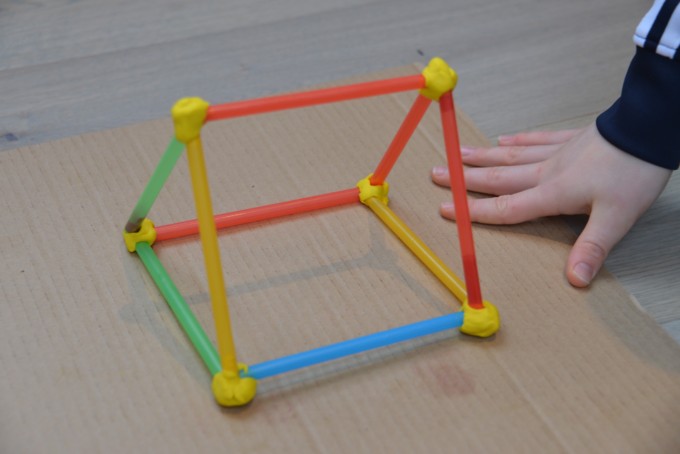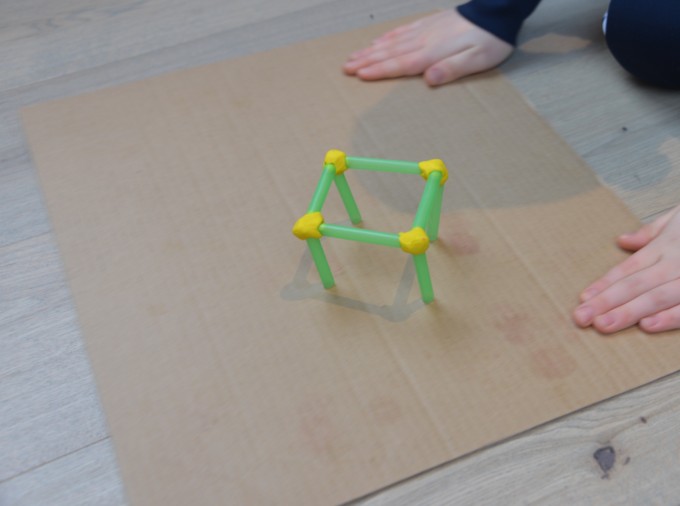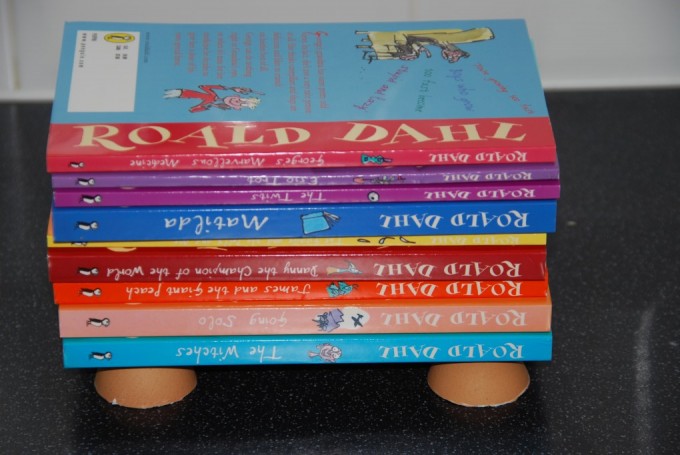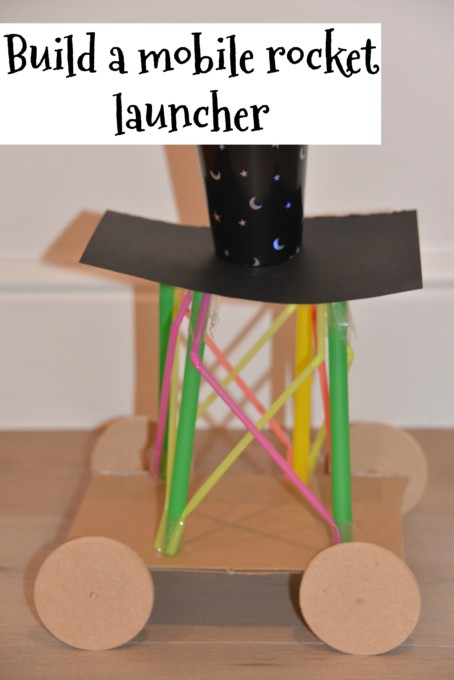Mobile launch platforms were used to transport the Saturn V rockets and space shuttles to the launch pad. This activity introduces children to the concept of a mobile launch platform and uses the idea as inspiration for a fun engineering challenge.
Challenge
Design and build a mobile launch platform for a rocket. The platform should be moveable and be able to support some weight.
Materials
- Straws
- Scissors
- Model rocket
- Paper or cardboard cup or toy rocket
- Cardboard
- Plasticine
- Scales
- Wheels and dowel
Instructions
First think about the properties your platform should have. It needs to be light enough to move and strong enough to hold weight.
Before you start your design think about shapes that make structures strong. Triangles, arches and domes are good examples of strong shapes.
Once you’re happy with your design, add objects to the top to test how strong it is.
My 9 year old created this example. You can see how he has used extra straws to create triangle shapes and strengthen the side of his tower.
What makes a strong shape?
A triangle is stronger than a square as it only has 3 connections and any load applied is equally spread through the shape. Engineers often add a diagonal section to a square ( making it into two triangles and therefore stronger )
A dome is very good at spreading weight evenly in all directions so that no part of the dome has to support more weight than another part. In this example using eggs, the downward force of the weight of the books is transferred evenly by the dome shape so the egg doesn’t break.
Extension task
Set a minimum and maximum height for the launcher.
How much weight can your platform hold before it collapses?
How could you make your design stronger?
Can you build a bridge using half egg shells? The shell itself is very brittle, but the dome shape makes it strong if weight is placed on top.
Last Updated on February 27, 2017 by Emma Vanstone






I love Emma’s ideas. Simple enough to carry out and lots of independent work to individualise the STEM creations and explore the possibilities whilst also learning the more complex Science in a hands-on fun way! I am following, and buying the books, as there’s so many good ideas to use at my after school STEM Club.
Thank you, that is so lovely!